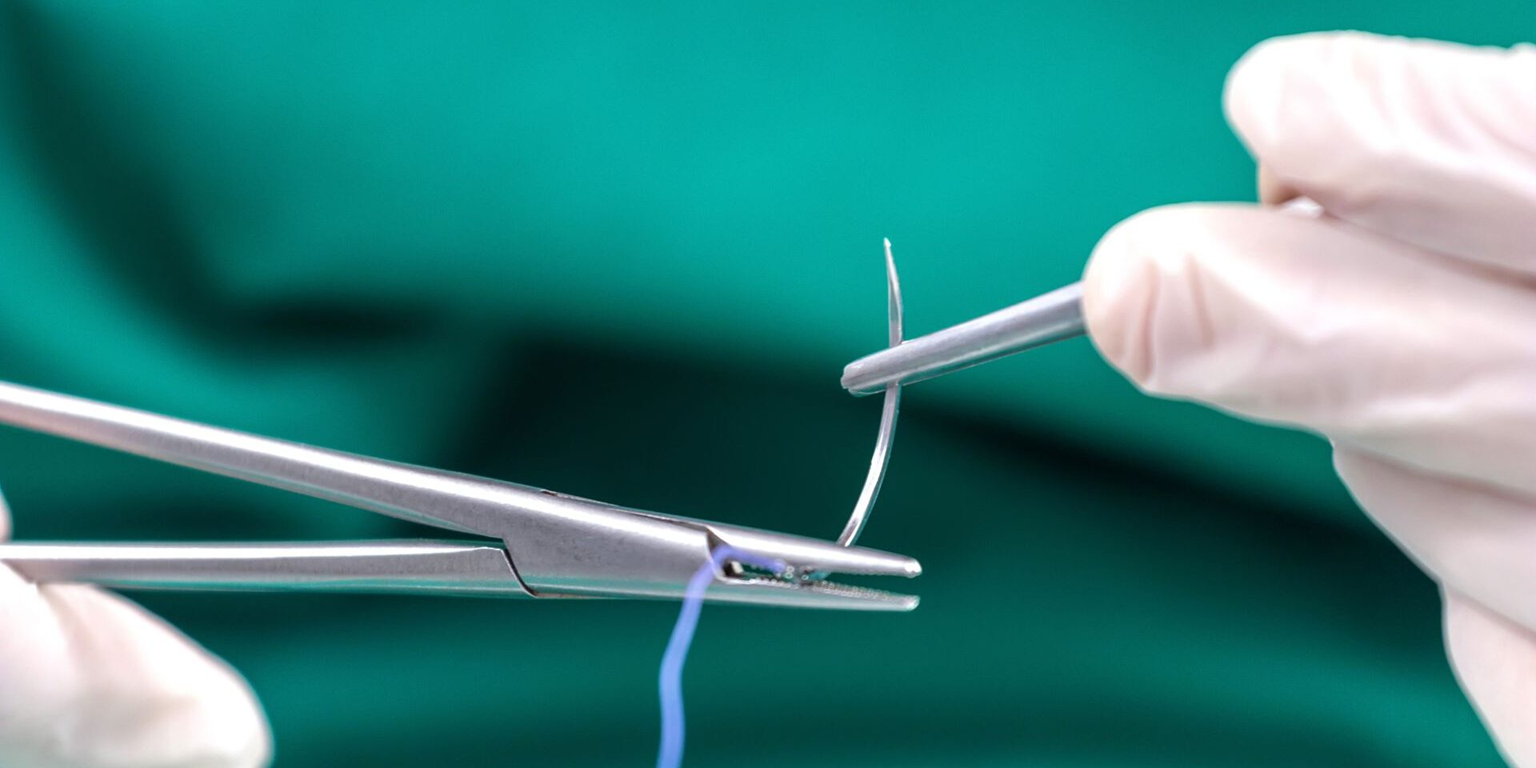The term “catgut suture” often sparks curiosity and confusion. Does it involve cats? Why is it called “catgut”? Despite its peculiar name, catgut sutures have nothing to do with cats. This blog explores the fascinating history and etymology of the term, shedding light on its origins and how it became associated with surgical materials.
What Are Catgut Sutures?
Catgut sutures are a type of natural, absorbable suture material made from purified collagen extracted from the intestines of animals, typically sheep, goats, or cattle. They are biodegradable, biocompatible, and widely used in surgical procedures to close wounds and facilitate healing.
The Origins of the Name “Catgut”
The name “catgut” is believed to be derived from the word “kitgut” or “cattlegut.” Historically, the intestines of animals were used to make strings for various purposes, including:
- Musical Instruments: Strings for violins and other stringed instruments.
- Sports Equipment: Strings for tennis rackets.
- Surgical Sutures: The strong, flexible nature of animal intestines made them ideal for suturing wounds.
Over time, the term “kitgut” may have been shortened or evolved into “catgut,” leading to its association with this surgical material.
Debunking the Myth: No Cats Involved
One common misconception is that the name implies the material was sourced from cats. This is not true. The use of the term “cat” in “catgut” is purely coincidental and unrelated to the animal. Instead, the material comes from larger livestock animals like sheep, goats, or cattle.
The confusion may stem from the phonetic similarity of the name or its historical use for crafting strings, which were sometimes poetically referred to as “catgut strings.”
Historical Significance
The use of animal intestines for medical and non-medical purposes dates back centuries. Early surgeons and craftsmen valued the durability and pliability of this material, which could be easily sterilized and absorbed by the body. Catgut sutures became widely adopted in medical practices and were considered a significant advancement in surgical techniques.
Why the Name Endures
Despite the misleading name, “catgut” has endured in the medical field because of its historical significance and widespread usage. Today, while synthetic alternatives are increasingly popular, catgut sutures remain a trusted option in certain surgical scenarios, particularly in developing regions where cost and availability play a crucial role.
Modern Relevance of Catgut Sutures
While the name may seem outdated, the material remains relevant for specific surgical applications. Catgut sutures are valued for their:
- Natural Absorbability: Eliminating the need for removal.
- Cost-Effectiveness: Affordable compared to synthetic options.
- Biodegradability: Environmentally friendly composition.
Conclusion
The term “catgut suture” may sound unusual, but its origins are rooted in history rather than feline biology. The name reflects a fascinating journey of discovery and innovation, from its early use as musical instrument strings to its indispensable role in modern medicine.
Understanding the etymology of “catgut” helps demystify this commonly used surgical material and underscores the importance of tradition and practicality in medical advancements.



Leave a Reply